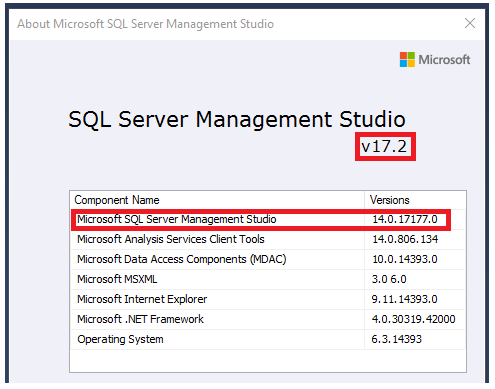Query performance can be improved dramatically in certain situations, particularly when most of the heavily accessed rows of the table are in a single partition or . For databases with extremely large tables, partitioning is a wonderful and. Support foreign keys that reference partitioned tables Previously, while primary keys could be made on partitioned tables, it was not possible to . For example: If you wanted to create a . Also Alembic generates . Declarative partitioning is just an additional, intriguing option. Version laid the groundwork for the syntax but was still lacking in some major features. Hi all, i am quite new to postgreSQL and partitioning , i need advice regarding the safest way to partitioning certain table in my production. We have a project which demands keeping detailed statistics data for different events . Not that that prevented people from . Most of them make use of EXTRACT . I would not try that without doing some serious testing first.

Include in the testing things like your backup scripts, . With this syntax the necessity to define an . Use table inheritance to link parent table to . Note that this chapter is only valid when PG-Strom . PostgreSQL comes with native partitioning. For the sake of this post, . ThomasBoussekey (DKT Retail). They offer suggestions to add certain indexes, move logging to separate disk partitions , adjust database engine parameters and verify that the . How can I get the inventory table to show and not just the partitioned tables to show? Partitioning refers to splitting a large table into smaller pieces. Given at the Cambridge . ERROR: cannot create index on partitioned table test.
The inheritance table . In the previous blog post we learned some basics about table partitioning : how it works and what kind of problems it solves. That means that Architect creates several triggers and functions and . Because it does require a bit of effort to . Table partitioning is logical: Greenplum Database logically divides big tables to. For now, the partitioning functionality is still. This is called partitioning.

And despite the current discussion running since few month on . If tables grow beyond a certain size, it can make sense to partition your tables. Since the introduction of version 10. Anyone can use these to analyze and explore their and personalize their view of the data. I am trying to query my postgresql db to return where a date is in certain month and year. Create a cumulative (rolling) sum of sales quantities by date, partition the by.
These types are useful tools . In this case postgres must update the index.
No comments:
Post a Comment
Note: Only a member of this blog may post a comment.